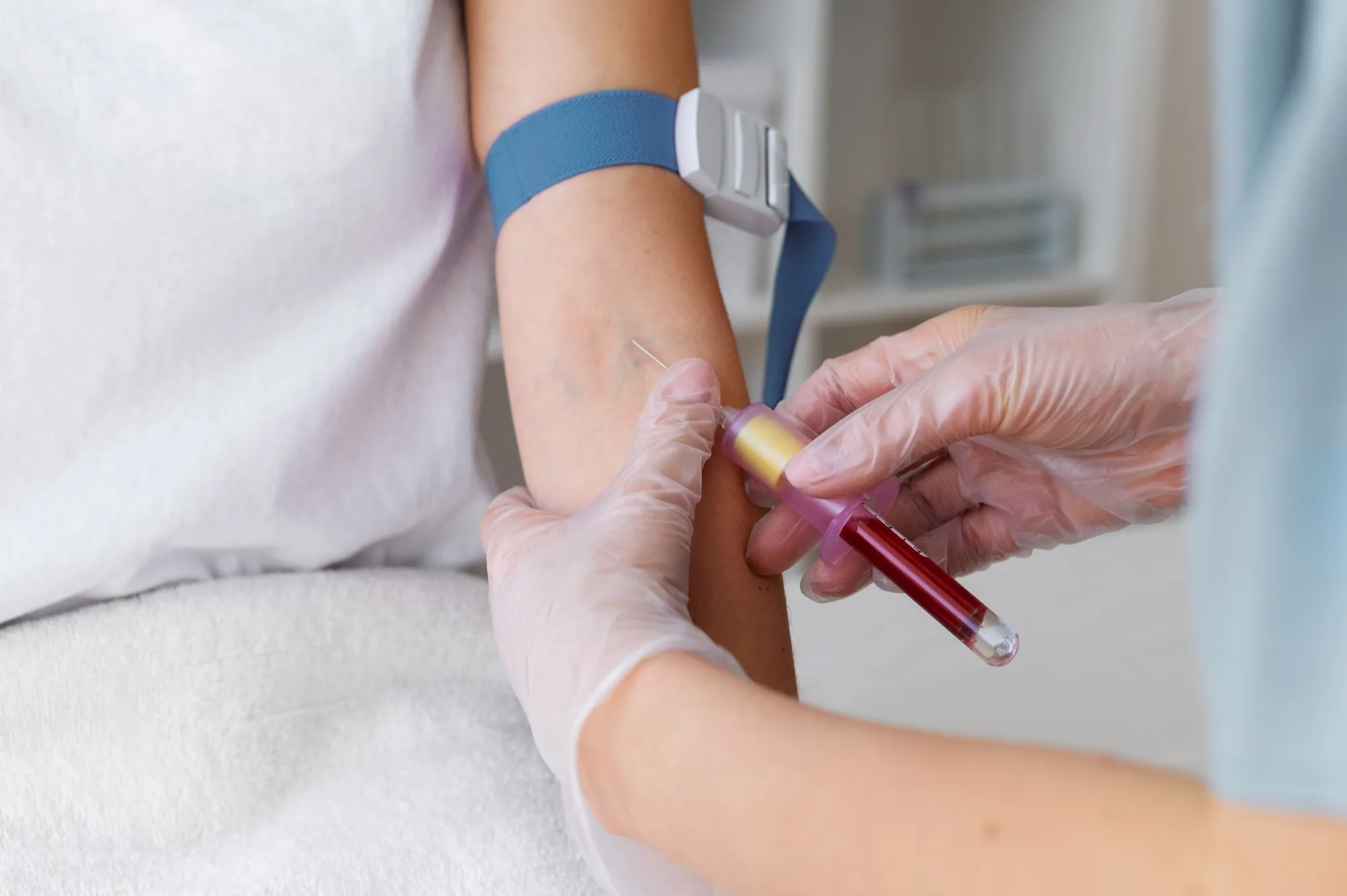Revising the Structure of a New Eicosanoid from Human Platelets
In a groundbreaking study published in “The Journal of Biological Chemistry,” a team of researchers from esteemed institutions across the globe has reevaluated and revised the structure of a previously identified eicosanoid. The study, which holds the DOI 10.1074/jbc.RA119.008915, provides new insights into the lipid metabolites produced during platelet activation, implicating major ramifications for the understanding of inflammation, pain, and fever.
The major collaborative research effort involved scientists from the Systems Immunity Research Institute at Cardiff University, United Kingdom, Cayman Chemical in Ann Arbor, Michigan, the University of Bristol, United Kingdom, Vanderbilt University School of Medicine, Nashville, Tennessee, and the University of Colorado, Aurora, Colorado. The study was supported by significant grants from the Wellcome Trust, British Heart Foundation, and the National Institutes of Health (NIH).
Eicosanoids, for those not familiar with the term, are signaling molecules made by the oxidation of twenty-carbon fatty acids. They exert complex control over many bodily systems, mainly in inflammation or immunity, and as messengers in the central nervous system.
The Revised Structure: 8,9–11,12-Diepoxy-13-Hydroxyeicosadienoic Acid
Through extensive research, the team correctly identified the novel eicosanoid generated by human platelets as 8,9–11,12-diepoxy-13-hydroxyeicosadienoic acid (8,9–11,12-DiEp-13-HEDE), rather than the initially reported structure. This lipid mediator is synthesized through the action of cyclooxygenase-1 (COX-1), an enzyme responsible for the formation of prostanoids, including thromboxane in platelets.
The study employed advanced analytical techniques such as gas chromatography-mass spectrometry (GC-MS), high-pressure liquid chromatography (HPLC), tandem mass spectrometry (MS/MS), and magnetic resonance spectroscopy (NMR) to elucidate the molecular conformation and chemical synthesis of this eicosanoid. The revised molecular structure provides a new framework for understanding its role in modulating immune response.
Implications for Human Health and Disease
This research is particularly significant because eicosanoids like DiEpHEDE play a pivotal role in immune responses, influencing processes such as fever, pain, and inflammation. The study showed that the newly identified DiEpHEDE could stimulate human neutrophil integrin expression. Neutrophils are a type of immune cell critical to the body’s defense mechanism. Integrins are proteins that allow cells to adhere to each other and their surroundings, which is crucial for immune cells’ migration to sites of infection or injury.
Changing our understanding of DiEpHEDE’s structure could lead to advancements in designing drugs that either mimic or inhibit its function. Such therapeutics could potentially treat a range of conditions characterized by uncontrolled inflammation, such as rheumatoid arthritis, asthma, and even cardiovascular diseases.
Behind the Breakthrough
The international team led by Dr. Valerie B. O’Donnell from Cardiff University’s Systems Immunity Research Institute represents the highest caliber of scientific collaboration. Co-authored by scientists such as Andrei Kornilov, Paul D. Kennedy, Maceler Aldrovandi, and Christine Hinz, the study epitomizes a blend of expertise in biochemistry, pharmacology, and medical research. Dr. Robert C. Murphy and Dr. William E. Boeglin notably contributed to the extensive analysis of the eicosanoid structure.
The Path Ahead for Eicosanoid Research
With the revised understanding of DiEpHEDE, researchers have unlocked new pathways for studying and potentially manipulating the complex network of lipid mediators in the body. It opens the door to novel treatment strategies that could selectively target the eicosanoid pathways to benefit patients suffering from inflammatory diseases.
Conclusion
This research exemplifies the relentless pursuit of scientific accuracy and its importance in the broader context of understanding human diseases and developing new treatments. It will be exciting to observe how these findings will transform future studies on eicosanoids and leverage the potential therapeutic benefits they hold.
References
1. Kornilov, A. A., et al. (2019). Revising the structure of a new eicosanoid from human platelets to 8,9–11,12-diepoxy-13-hydroxyeicosadienoic acid. The Journal of Biological Chemistry, 294(23), 9225-9238. DOI: 10.1074/jbc.RA119.008915
2. Martinod, K., & Wagner, D. D. (2014). Thrombosis: tangled up in NETs. Blood, 123(18), 2768-2776. DOI: 10.1182/blood-2013-10-463646
3. Hinz, C., et al. (2016). Human platelets utilize cyclooxygenase-1 to generate dioxolane A3, a neutrophil-activating eicosanoid. The Journal of Biological Chemistry, 291(23), 13448-13464. DOI: 10.1074/jbc.M115.700609
4. Yin, H., et al. (2007). Identification of novel autoxidation products of the ω-3 fatty acid eicosapentaenoic acid in vitro and in vivo. The Journal of Biological Chemistry, 282(36), 29890-29901. DOI: 10.1074/jbc.M703108200
5. Schneider, C., et al. (2004). Identification of two cyclooxygenase active site residues, leucine 384 and glycine 526, that control carbon ring cyclization in prostaglandin biosynthesis. The Journal of Biological Chemistry, 279(5), 4404-4414. DOI: 10.1074/jbc.M307431200
Keywords
1. Eicosanoid structure revision
2. Platelet activation mediator
3. Inflammation treatment research
4. Cyclooxygenase pathway
5. Neutrophil integrin expression
